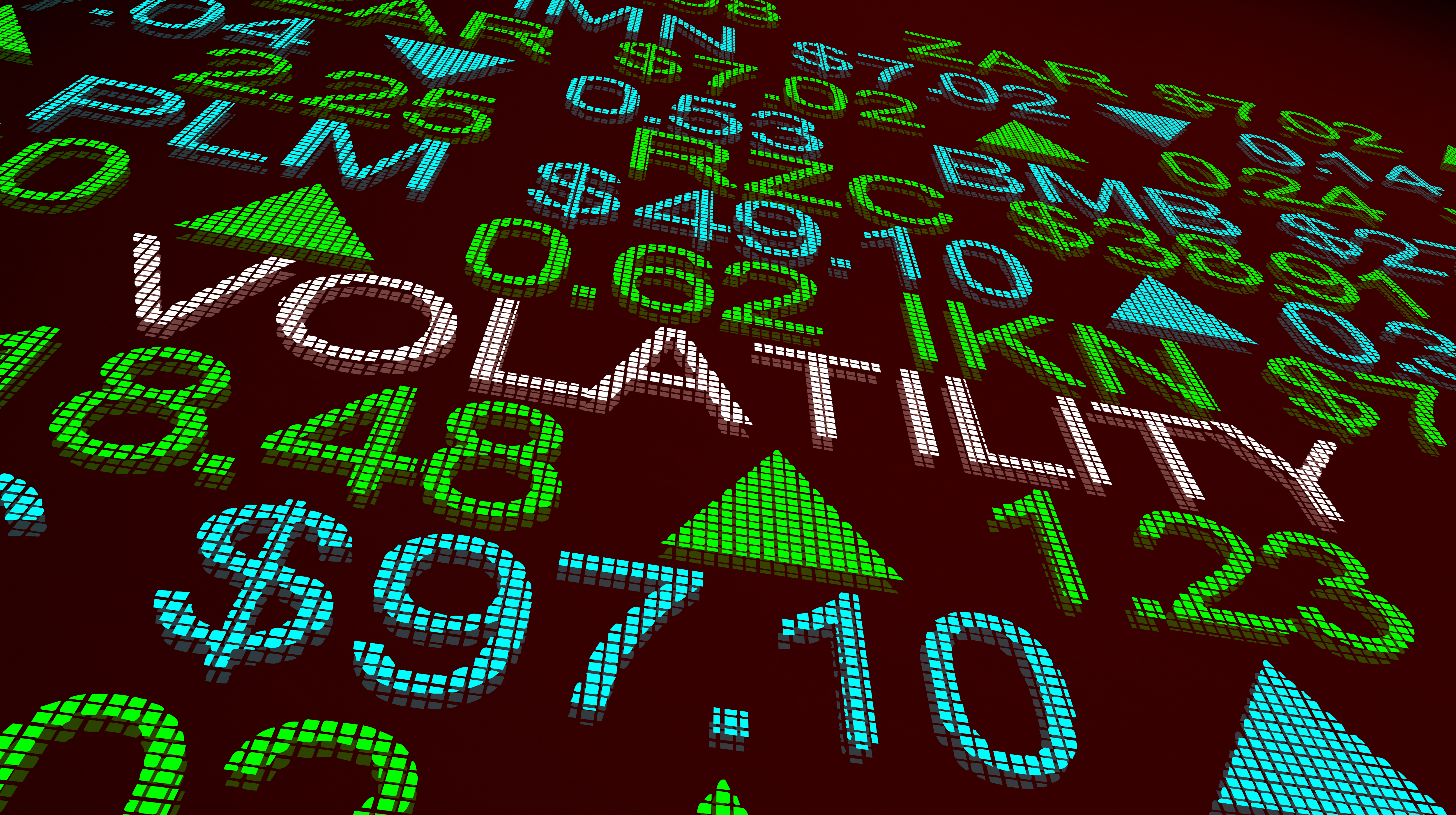Thematic strategies have been one of the fastest-growing investment segments of recent years1, both for the broader industry as well as for Qontigo, manager of STOXX and DAX indices.
Thematic funds represent 2.7% of all assets under management in equity funds globally, up from 0.8% ten years ago.2 Qontigo’s STOXX® Thematics family, meanwhile, now counts over two dozen indices targeting structural and forward-looking themes disrupting our modern societies (Figure 1).
Figure 1: Qontigo’s STOXX thematic indices

Source: Qontigo
The themes have been chosen considering their scope and durability, and to avoid fads. Each one represents a cross-industry concept and can be categorized within three ‘megatrends’: socio-demographics, sustainability and technological progress.
The indices seek to identify the beneficiaries of such megatrends using a revenue-based or artificial-intelligence selection process. Eight of the STOXX thematic indices underlie respective iShares ETFs from BlackRock, with total assets of $8.9bn.3
Flows continue despite market pullback
The market volatility and macroeconomic disruptions of 2022 have raised a challenge to the more growth-style, tech-focused thematic portfolios as interest rates rise. By nature, thematic portfolios also carry a higher risk than do broader strategies and can therefore be more volatile in times of market stress.
But volatility can work both ways, which means that many of the themes are likely to outperform the market in the eventual recovery. Also, the adjusted equal weighting of constituents in many ETFs ensures that the thematic portfolios are often more diversified than corresponding sector or market indices.
Still, the recent market turmoil has not fully dented investor interest. Through April, ETFs that invest in themes have received net inflows of $38.6bn in 2022.4
Importantly, the segment continues to break new ground with innovative solutions that respond to investors’ specific needs. On June 20, Eurex, a leading derivatives exchange, listed its first futures tracking thematic strategies, which track the STOXX® Global Breakthrough Healthcare, STOXX® Global Digitalisation and STOXX® Global Digital Security indices.
Also this year, we expanded the joint offering with BlackRock with the launch on of the STOXX® Global Digital Entertainment and Education index, which underlies an iShares UCITS ETF (PLAY) since June 30.
Meanwhile, the availability of ever more sophisticated data sources will continue to generate new possibilities in thematics, regardless of the market backdrop. The index category has shown some of the most ingenious combinations of data inputs, selection methodologies and sustainability criteria.
No longer cutting it
This year’s market volatility also offers a chance to reappraise the benefits of thematic investment. Specifically, it is important to remember that a thematic approach is for the long term. Moreover, investing along themes appears to be more fitting for our era of technological advances and macro shocks than is implementing the traditional sector-focused approach.
A sector-based allocation no longer cuts it in the current environment, as I wrote in a white paper5 published in March. What we need is something that is more targeted and that really captures trends.
A different investment profile
Thematic investing is daring — it relies on a prediction of future growth as opposed to past reports. It provides diversification and extends its duration and time horizon by investing in trends that outpace the annual, or even quarterly, earnings calendar that dominates equity markets.
Multi-year (or -decade) trends such as urbanization in developing nations or the automation of factories will not falter due to temporary market snags.
In the short term, economic swings will hurt investors’ risk appetite. If markets regain some stability in coming weeks and share prices start reflecting again more fundamental drivers, thematic indices should recover their standing. Meanwhile, these testing times should be used to reappraise the advantages of the investment strategy.
Christoph Schon is senior principal, applied research, at Qontigo
1 Over the two years through 2021, assets invested in thematic funds worldwide nearly tripled to USD 806 billion, according to Morningstar.2 Source: Morningstar.3 Data as of May 13, 2022.4 Data from ETFGI, covering all funds worldwide.5 Schon, C., ‘Thematic investing in the current climate – A more focused approach to sustainable and future-proof investing,’ Qontigo, March 2022.


